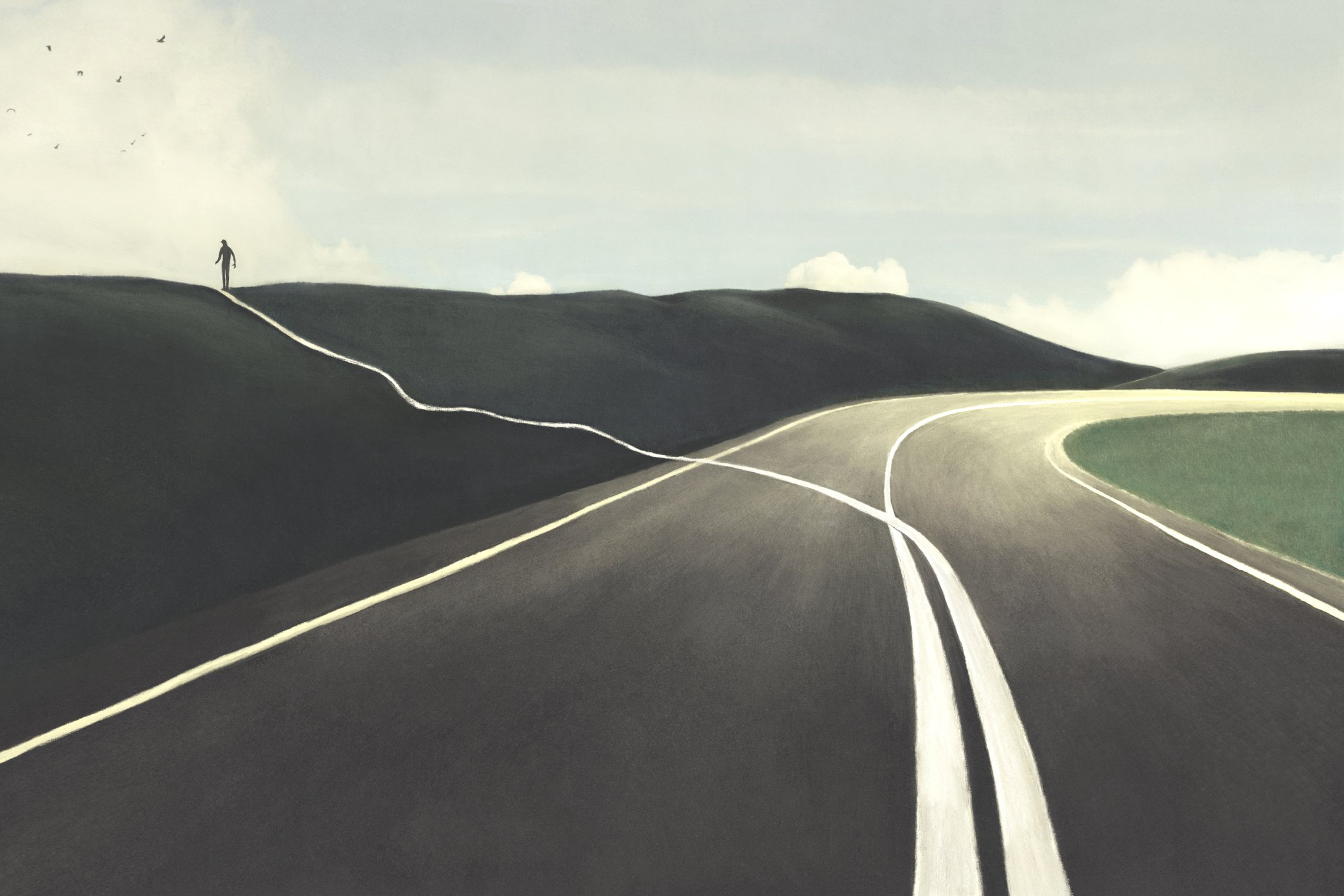Reverence for what cannot be seen and yet holds everything together
We live surrounded by what we cannot see.
Not only the dark matter that holds the stars,
but the meanings, motives, and unseen coherences that hold our lives together.
To be human is to interpret—to search for pattern and connection in a reality that hides most of itself.
But there is a difference between belief and literacy.
Belief demands certainty; literacy asks for comprehension.
Belief seeks comfort in answers; literacy seeks coherence in relationship and questions.
Literacy in the invisible is the skill of recognizing the shape of truth before it is fully visible—
of reading the subtle grammar that governs form, proportion, and moral balance.
It is a discipline of attention, a cultivated sensitivity to coherence.
We know it when we see it.
A scientist who senses that an equation is “right” because of its elegance.
A musician who resolves a chord and knows that nothing else could follow.
A healer who feels a patient’s system return to harmony.
A poet who rearranges one word and the whole world clicks into place.
In each case, the practitioner is reading an invisible text—the field of coherence underlying the visible act.
They have become literate in the unseen.
This literacy is not mysticism; it is praxis—
the disciplined embodiment of coherence in thought, perception, and action.
It grows from patience, humility, and repetition.
To live it, one must quiet the mind, sharpen perception, and listen to reality without rushing to impose meaning.
The unseen reveals itself only to those who stop trying to control it.
To cultivate literacy in the invisible:
Observe without demand.
Let patterns disclose themselves before naming them.
Refine the instrument of attention.
Stillness, curiosity, and compassion are the lenses through which coherence appears.
Test through alignment.
If what you perceive harmonizes with experience and truth, it endures; if not, it dissolves.
Translate carefully.
Bring the insight back into word, sound, or action so that others may perceive it too.
This is how symbolic perception becomes service.
To see the invisible is not to escape the world but to deepen it.
It is to recognize that the same coherence that binds galaxies also binds relationships, societies, and minds.
But literacy also brings moral weight.
Those who can read hidden structures must use that sight to serve life, not to exploit it.
The invisible cannot defend itself; it relies on the integrity of those who can perceive it.
True literacy in the invisible produces humility, not superiority.
Its fruit is gentleness—clarity without arrogance, knowledge without domination.
Perhaps that is why elegance matters so much to physicists, poets, and moral philosophers alike.
Elegance is coherence felt as beauty.
It is the emotional signal that we are reading the text of reality correctly.
To be literate in the invisible is to live as translator between worlds—
to see through appearances into structure,
to bring pattern into language,
and to offer that vision back as a gift.
When we practice this, life itself becomes a kind of scripture:
each gesture a sentence, each relationship a verse,
each act of coherence a revelation.
To see the invisible is not to escape the world but to deepen it—
to read the silence between appearances
and learn what holds them together.

